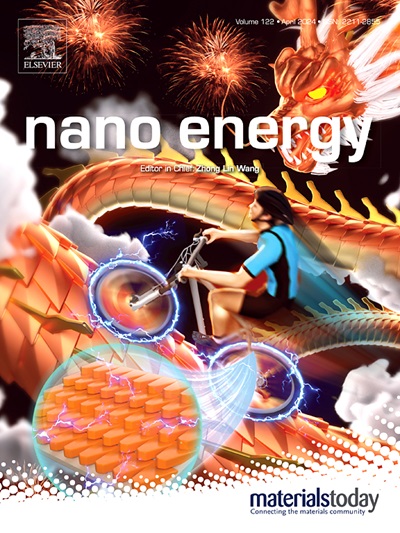Halide perovskite photovoltaics for in-sensor reservoir computing
Abstract
As intelligent electronics get laden with multimodal sensors, the data transfer and computation increase their energy expenditure. Consequently, researchers aim to develop efficient computing paradigms or integrate energy harvesting from ambient sources. Halide perovskites possess unique photophysics and coupled ionic-electronic dynamics that actualise memory devices for brain-inspired computing. Synergising the computing capability with their conventional light harvesting efficacy could aptly address the aforementioned problem. In a novel approach, the transient open circuit voltage (VOC) of a methylammonium lead bromide-based solar cell was exploited to serve as a self-powered volatile short-term memory for optoelectronic in-sensor reservoir computing. The origin of the memory is attributed to the influence of mobile ions on the carrier generation and recombination in the device. The system's versatility and task specificity were shown by engineering the volatility of the memory. The benchmarking task of MNIST handwritten digit recognition was performed with the highly reproducible and robust transformation of optical inputs into unique reservoir states. To demonstrate the high nonlinearity, second-order time-series prediction (NARMA2) was performed. Finally, an exemplary cardiac health-monitoring application was showcased by monolithic reading and processing of a physiological time series known as photoplethysmography (PPG) to identify atrial fibrillation with increased computational efficiency.

 求助内容:
求助内容: 应助结果提醒方式:
应助结果提醒方式:


